It is often suggested that the best way to tackle nervousness when public speaking is to imagine your audience in their underwear.
Looking around the Holyrood chamber, it is perhaps little surprise that Alex Cole-Hamilton chooses not to do this.
Instead, the Scottish Liberal Democrat leader clearly gains confidence by picturing himself as President Kennedy on the footsteps of the Capitol, or Cicero in the Roman Senate, or Henry V before the Battle of Agincourt.
If such grandiose imaginings feel more than a touch aspirational, that is because they are.
The Scottish Liberal Democrats now have so few MSPs that they are no longer formally acknowledged as a group under Holyrood rules.
Indeed, their decline has been so severe that – as their MSPs travel to the party’s annual conference in Bournemouth this weekend – they could all, quite comfortably, share one car.
As with other parties in Scotland that were once dominant, now dismal, it was not always thus.
Constructive force
The Liberal Democrats – physically embodied in the brilliance of the late, great Charles Kennedy – were in recent years a considerable and constructive force in Scottish politics.
Before 2015, the party had 11 MPs across the country – it now has just four.
Equally, before the 2011 Scottish Parliament election, the party held 17 seats – again, it now has just four.
Most importantly, it was the strength of the Scottish Liberal Democrats that allowed them, as the junior party to Labour, to dominate the first administrations of the devolution era and lock the nationalists out of power.
This partnership with Scottish Labour was particularly successful because, while the parties share similar aims and values, they can appeal to vastly different constituencies.
Just as the Liberal Democrats are unlikely to ever become the party of choice for voters in Springburn, so too is Scottish Labour unlikely to ever become the party of choice for voters in Sutherland.
Given this urban versus rural dynamic, a resurgence for the Scottish Liberal Democrats is almost as vital as a resurgence for Scottish Labour if Sir Keir Starmer, but particularly Anas Sarwar, are serious about sweeping the SNP from power.
Many of the old guard in Sarwar’s party will sneer at such a suggestion, frothing at the mouth – eyes bulging and veins popping – about “the Coalition” and “austerity”, but such a view is for the birds.
Similar to the situation in the south east and south west of England, without the Liberal Democrats winning again in places like the Highlands, Islands and Borders, Scottish Labour can have no real hope of forming the next Holyrood administration, particularly without the need to rely on Tory votes when it comes to picking the next First Minister.
While a return of 17 seats is still some way off for the Liberal Democrats in Scotland, there are positive signs elsewhere in the country that should give the Scottish party faithful gathering in Bournemouth comfort.
Cooperation vital
The Liberal Democrats have pulled off several impressive by-election victories in recent years, turning over substantial Tory majorities in rural constituencies.
Meanwhile their policies – particularly on Brexit – are likely to appeal to Scottish voters unhappy with the direction of the UK but also distrustful of the SNP and independence.
Equally, just as is the case in the south of England, the Liberal Democrats can appeal to Conservative voters in Scotland’s rural communities who might have a total aversion to voting Labour but do not want to endorse Rishi Sunak’s government either.
But the reality is that, while the Liberal Democrats do hold some appeal, much of their recent success has been predicated on successful cooperation – or at least coordination – with Labour, who have often made way for the Liberal Democrats in seats where they have the best chance of winning and vice versa.
It is now vital for those who want to defeat the SNP in 2026 that this cooperation is extended and formalised in Scotland.
That means Cole-Hamilton and Sarwar agreeing the seats and regions each party will target, and where the other will make way.
Such a negotiation will inevitably mean the Scottish Liberal Democrats accepting a role as a junior partner but, whatever some might believe, it was always thus.
‘Driving SNP from power’
The creation of this Grand Coalition against the SNP is unlikely to return the Scottish Liberal Democrats to the heady heights of pre-2011, but it might be enough to help them gain a handful seats where they are already strong, as well as help Scottish Labour make crucial gains against the SNP.
Such a scenario would not make Cole-Hamilton President Kennedy, or Cicero, or even Henry V.
But it could well make him a kingmaker in Scottish politics and – more importantly – help finally drive the SNP from power.



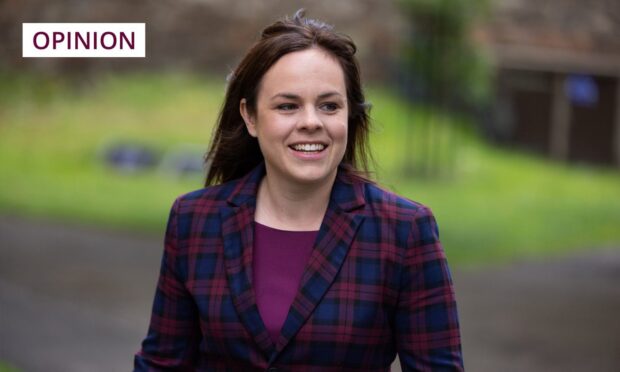
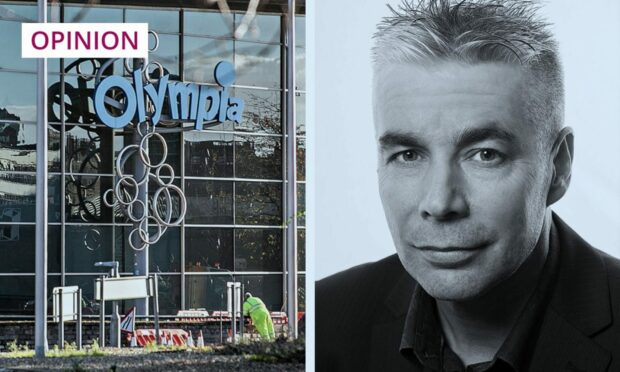

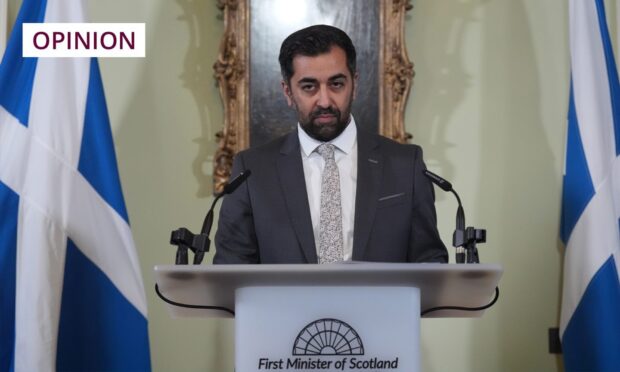
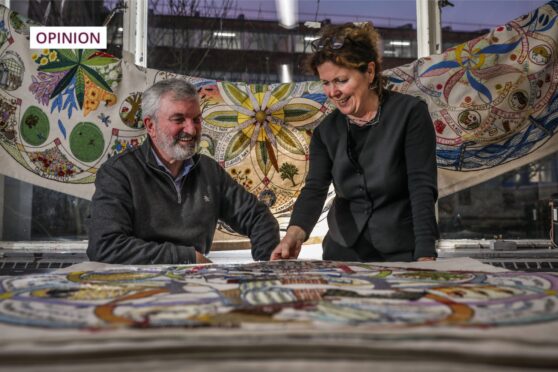

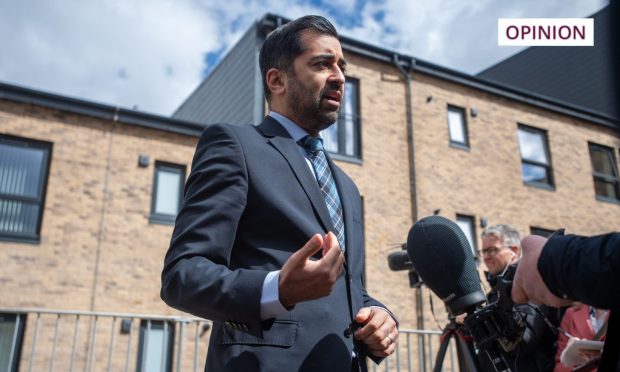

Conversation